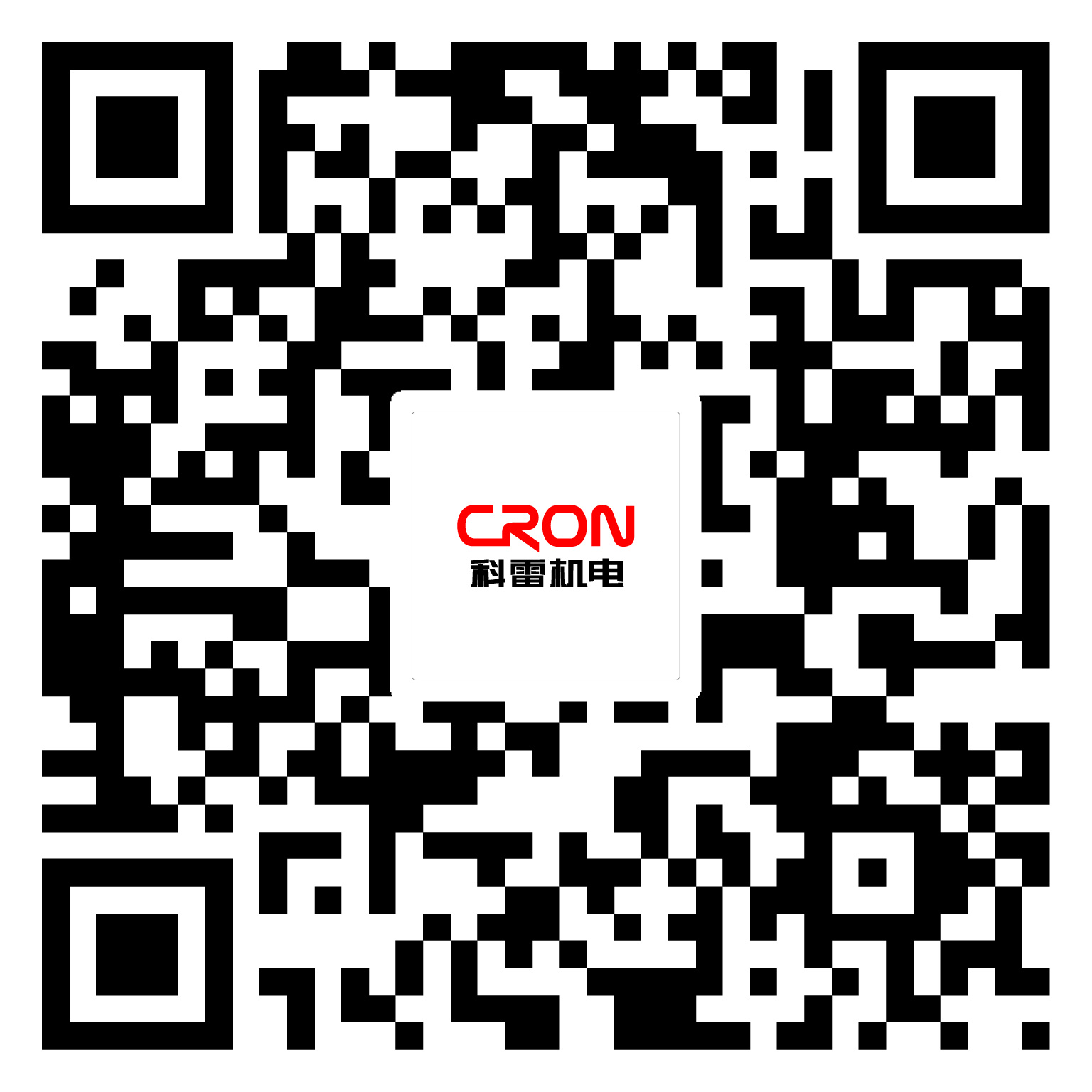The Future of Printing: Understanding Digital Flexo Technology
Release time:
2025/07/10
Source:
Kerei Electromechanical
Digital flexo technology represents a significant leap forward in the realm of printing, particularly within the manufacturing and processing machinery sector. At its core, digital flexo combines the traditional flexographic printing method with digital technology, enabling quicker setups, improved accuracy, and greater customization options.
The primary advantage of digital flexo lies in its ability to streamline the printing process. Traditional flexo printing requires extensive prepress preparation, including the creation of printing plates, which can be time-consuming and costly. In contrast, digital flexo eliminates many of these steps. By utilizing digital files directly for printing, operators can achieve faster turnaround times and reduce waste, making it an efficient choice for short runs or customized orders.
Moreover, digital flexo technology allows for exceptional print quality. It supports a broader color gamut, enabling vibrant and precise color reproduction. This capability is particularly beneficial for brands seeking to maintain consistency across different print runs while ensuring high-quality outputs that stand out in a competitive market. The precision that digital flexo offers ensures that even intricate designs and fine details are rendered accurately, fulfilling the demands of modern packaging and labeling requirements.
Another remarkable aspect of digital flexo is its versatility. The technology can be applied across various substrates, including flexible films, paper, and cardboard, making it suitable for diverse applications—from food packaging to labels and even commercial printing. This adaptability is crucial for manufacturers aiming to cater to a wide range of customer needs without investing in multiple printing systems.
Digital flexo also supports variable data printing, which enhances personalization and marketing capabilities. Brands can easily create unique designs tailored to specific consumer segments, boosting engagement and promoting brand loyalty. This personalization trend is increasingly important in today’s market, where consumers appreciate tailored experiences.
Furthermore, the environmental implications of digital flexo technology cannot be overlooked. By reducing waste and energy consumption during the printing process, it offers a more sustainable alternative to conventional printing methods. As businesses become more conscious of their environmental footprint, adopting technologies like digital flexo can align operational practices with sustainability goals.
In summary, digital flexo technology signifies a transformative shift in the printing industry. Its ability to enhance efficiency, elevate print quality, and provide customization options makes it an invaluable asset for businesses in manufacturing and processing machinery. As this technology continues to evolve, staying informed about its capabilities and applications will be essential for those looking to leverage its potential in their operations. Embracing digital flexo could very well be the key to thriving in the dynamic landscape of modern printing.
The primary advantage of digital flexo lies in its ability to streamline the printing process. Traditional flexo printing requires extensive prepress preparation, including the creation of printing plates, which can be time-consuming and costly. In contrast, digital flexo eliminates many of these steps. By utilizing digital files directly for printing, operators can achieve faster turnaround times and reduce waste, making it an efficient choice for short runs or customized orders.
Moreover, digital flexo technology allows for exceptional print quality. It supports a broader color gamut, enabling vibrant and precise color reproduction. This capability is particularly beneficial for brands seeking to maintain consistency across different print runs while ensuring high-quality outputs that stand out in a competitive market. The precision that digital flexo offers ensures that even intricate designs and fine details are rendered accurately, fulfilling the demands of modern packaging and labeling requirements.
Another remarkable aspect of digital flexo is its versatility. The technology can be applied across various substrates, including flexible films, paper, and cardboard, making it suitable for diverse applications—from food packaging to labels and even commercial printing. This adaptability is crucial for manufacturers aiming to cater to a wide range of customer needs without investing in multiple printing systems.
Digital flexo also supports variable data printing, which enhances personalization and marketing capabilities. Brands can easily create unique designs tailored to specific consumer segments, boosting engagement and promoting brand loyalty. This personalization trend is increasingly important in today’s market, where consumers appreciate tailored experiences.
Furthermore, the environmental implications of digital flexo technology cannot be overlooked. By reducing waste and energy consumption during the printing process, it offers a more sustainable alternative to conventional printing methods. As businesses become more conscious of their environmental footprint, adopting technologies like digital flexo can align operational practices with sustainability goals.
In summary, digital flexo technology signifies a transformative shift in the printing industry. Its ability to enhance efficiency, elevate print quality, and provide customization options makes it an invaluable asset for businesses in manufacturing and processing machinery. As this technology continues to evolve, staying informed about its capabilities and applications will be essential for those looking to leverage its potential in their operations. Embracing digital flexo could very well be the key to thriving in the dynamic landscape of modern printing.


